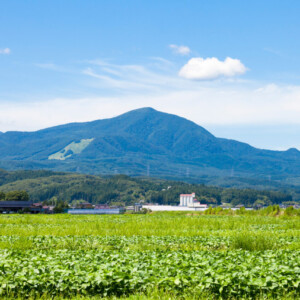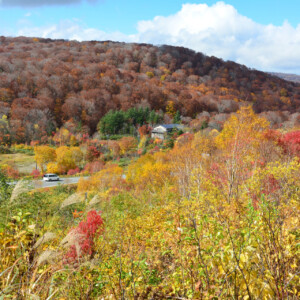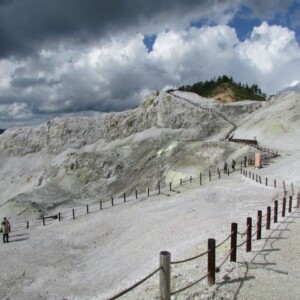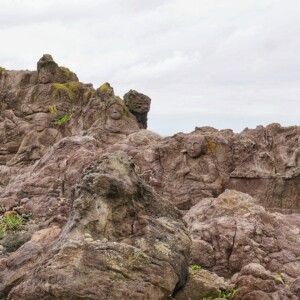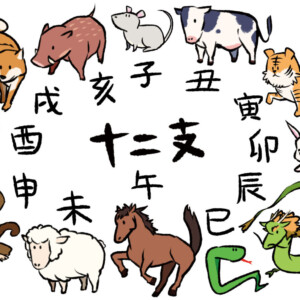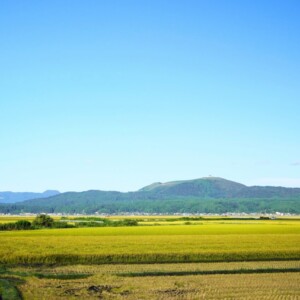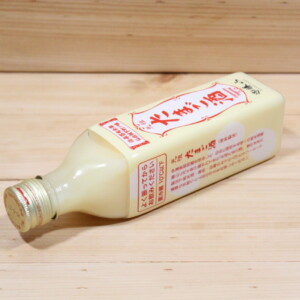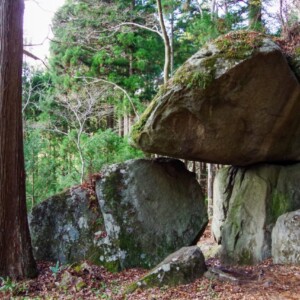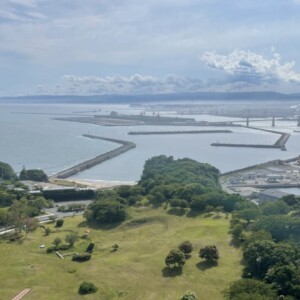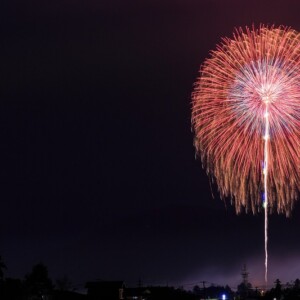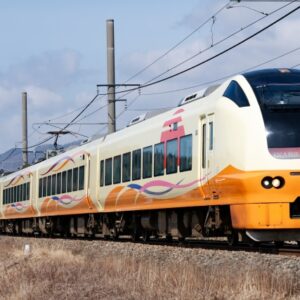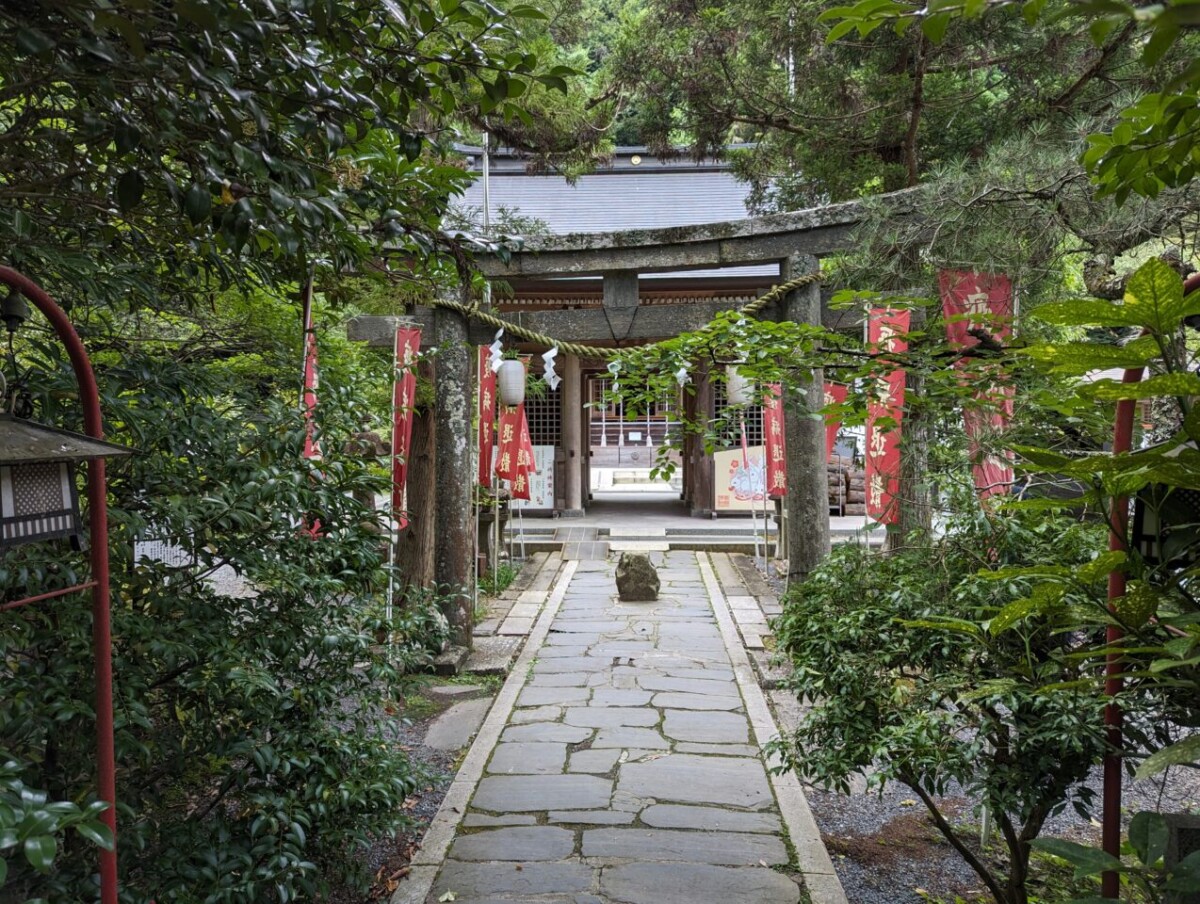
Aoma Shrine, a shrine dedicated to the three light gods of the moon, stars and the sun [Miyagi Prefecture]
table of contents
Aoso Shrine is located near the Miyagi Prefectural Forest in Iwakiri, Miyagino Ward, Sendai City, near the border between Sendai City and Rifu Town
Nearby are the historic ruins of Iwakiri Castle and the Miyagi Prefectural General Athletic Park Grandi 21, and despite not being far from the center of Sendai, the shrine is surrounded by forest and is rich in nature, making it a very beautiful shrine
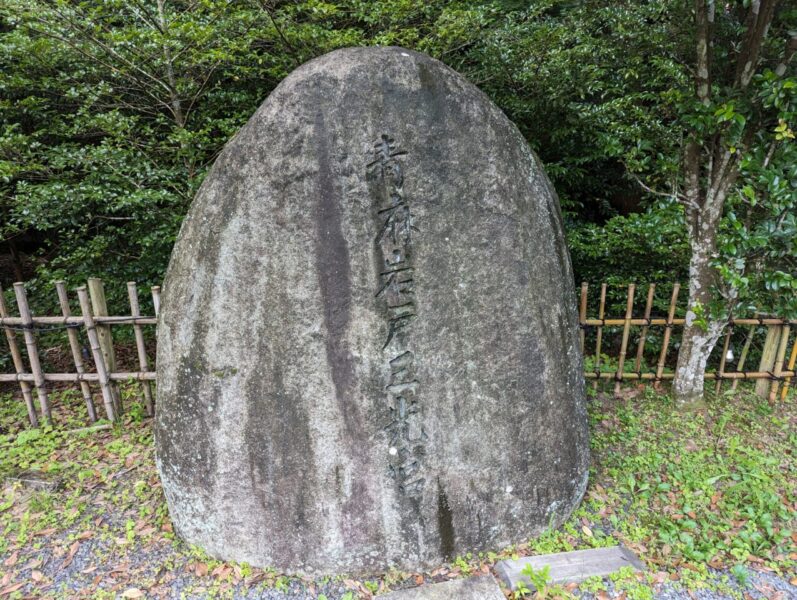
It was formerly known as Aosoiwato Sankogu, Aosogongensha, and Sagajinja, and is the head shrine of all the Aoso shrines and Sanko shrines located throughout Japan.
A shrine dedicated to the three gods of light: the moon, the stars, and the sun
According to the history of the shrine, the origins date back to 852, when the ancestor of the family, Hozumi Yasumasa, came down from Yamashiro Province (present-day southern Kyoto Prefecture) and enshrined the three gods of light, the Sun, Moon, and Star, , in a cave in a mountain gorge.
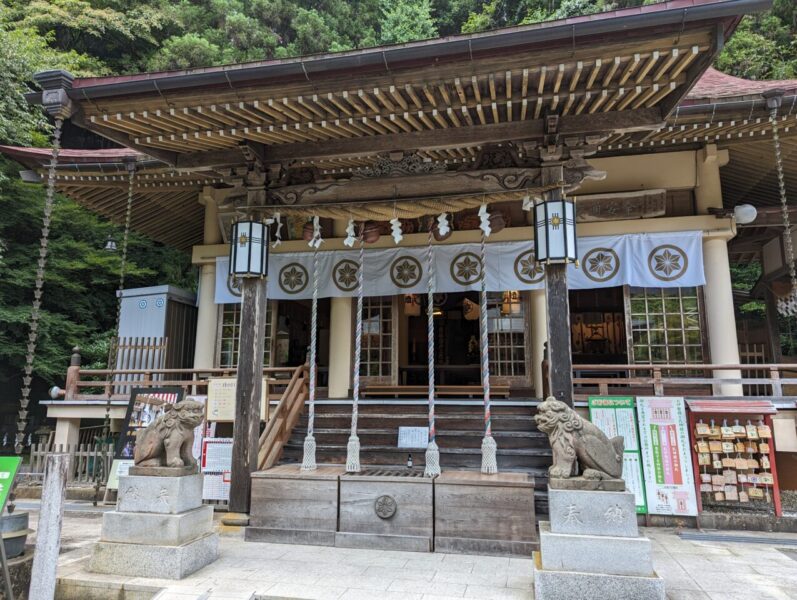
What are the Three Light Gods of the Sun, Moon, and Stars?
- Sun (Sun God) = Amaterasu Oomikami
- Moon (Moon God) = Tsukuyomi-no-Mikoto
- Star (star god) = Amenominakanushi-no-kami
Both of these gods appear in Japanese mythology, such as the Kojiki and Nihon Shoki, and have been passed down since the beginning of Japanese history
The company name comes from the cultivation of hemp
It is said that the name "Aoma" (hemp) originated when the aforementioned Hozumi Yasumasa taught the local people how to cultivate hemp, and that this is how cultivation began. The sacred crest of Aoma Shrine also has a hemp leaf motif.
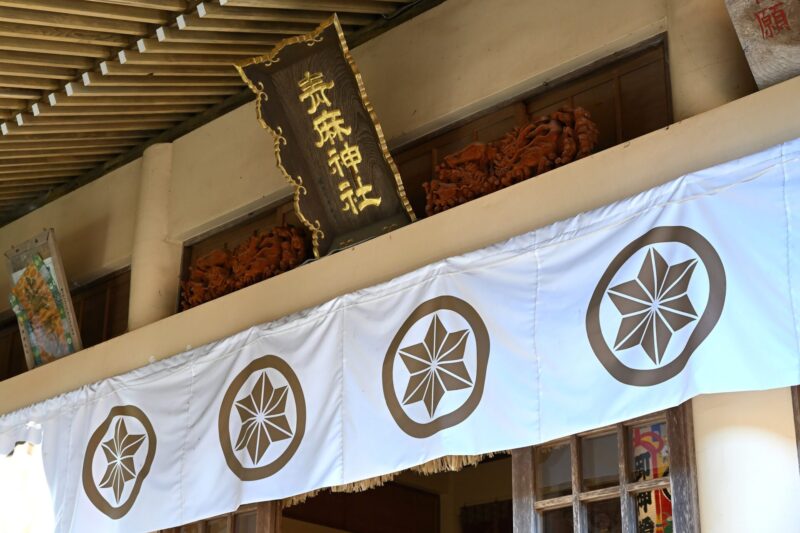
This is also mentioned in the Sendai Domain Fudoki, which was compiled in 1772.
"In the mountains of Iwakiri Village, Honmura, there is a place called Aoma. In ancient times, hemp was planted here, hence the name. There is a cavern over one foot high..."
Sendai Domain Fudoki
It is written:
Hitachibo Kaison, a retainer of Minamoto no Yoshitsune, is enshrined alongside the shrine
Some time passed, and in 1682, an old man who claimed Hitachibo Kaison a stroke (a sequelae of what we now call cerebrovascular disease (stroke), including hemiplegia, hemiplegia, speech impediments, and numbness or paralysis in the limbs). This led to the deity later being enshrined at Aoma Shrine.
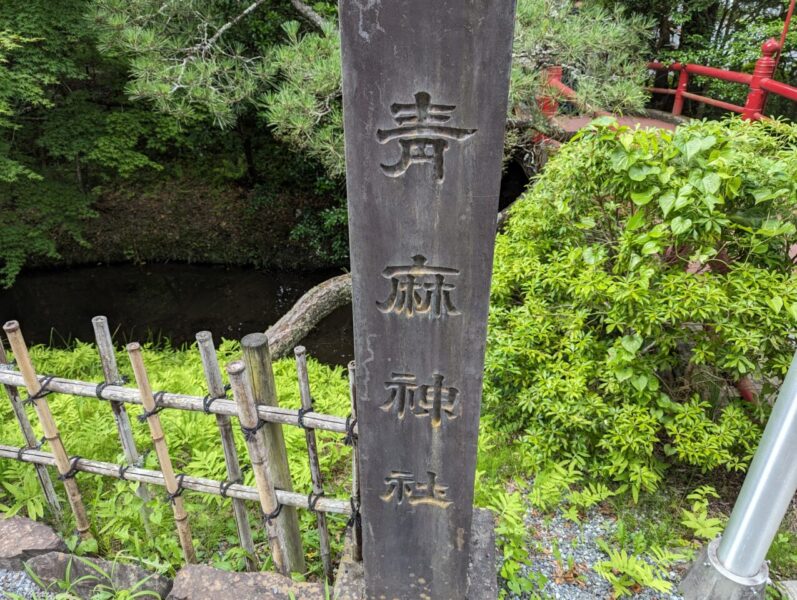
Who is Hitachibo Kaison?
Hitachibo Kaison is a character who appears in books such as "The Rise and Fall of the Genpei War," "The Tale of Yoshitsune," and "The Tale of the Heike " He is said to have been a retainer of Minamoto no Yoshitsune along with Musashibo Benkei and
He fled the capital with Yoshitsune and others, and during the Battle of Koromogawa, where they fought against the forces of Fujiwara no Yasuhira in Hiraizumi, it is said that he survived because he had visited Yamadera Temple in what is now Yamagata Prefecture with several of Yoshitsune's retainers
According to one theory, Hitachibo Kaison is the surviving child of Minamoto no Yoshitsune, who was entrusted to Hitachi Nyudo Nensai (Date Tomomune)
Hitachi Nyudo Nensai (Date Tomomune) was the first head of the Oshu Date clan, and therefore the ancestor of Date Masamune
It's fascinating to see how the history of places and people comes together through research like this!
The blessings of Aoma Shrine
the Seven Lucky Gods within the grounds is bring . It is said that the family of Hozumi Yasumasa, a person connected to the shrine's founding, worked in the water transport industry, so it is said to bring about safety at sea . Furthermore, the miraculous powers of Hitachibo Kaison, who is enshrined alongside the shrine, are said to bring about the blessing of warding off paralysis
This shrine is said to be beneficial for those suffering from one of the three major diseases (cancer, heart disease, and cerebrovascular disease), which are the top three causes of death among Japanese people! This may be a shrine you should visit regularly!
Aoma Shrine Facilities
This facility is located within the grounds of Aoma Shrine and in the surrounding area
Shrine office
Facing the worship hall of Aoma Shrine, the facility on the right is the shrine office. You can purchase amulets, goshuin stamps, etc. here
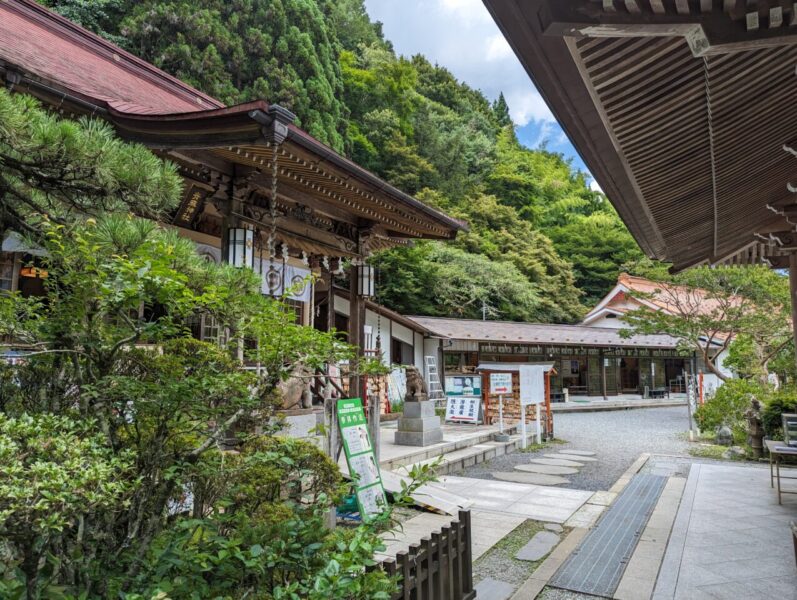
Kagura Hall
the Sakaki-ryu Aoma Kagura, which was passed down in 1807 from the Shirakawa family, the head priest of Kyoto Shinto shrines .
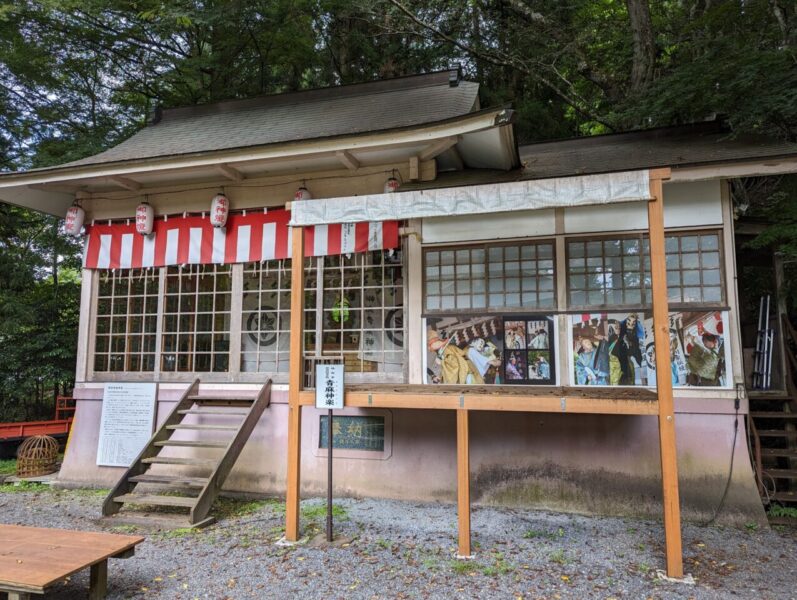
It was registered as an intangible folk cultural property of Sendai City in 1991 is dedicated at the Aoma Shrine spring festival the Niiname-sai festival every year on November 23rd
Shimizu of Motochaya
Across the road from the entrance to Aoma Shrine is a spring called " Motochaya no Shimizu ." According to a sign, this water was once used by a tea shop for worshippers at the shrine.
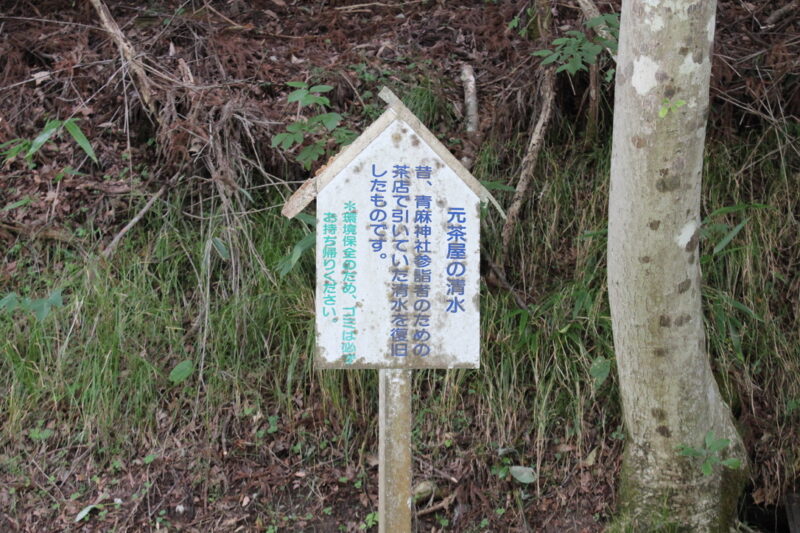
Even today, you can see worshippers drawing spring water to take home. Incidentally, the water in the chozuya (water purification fountain) and pond on the temple grounds is also from the same spring water
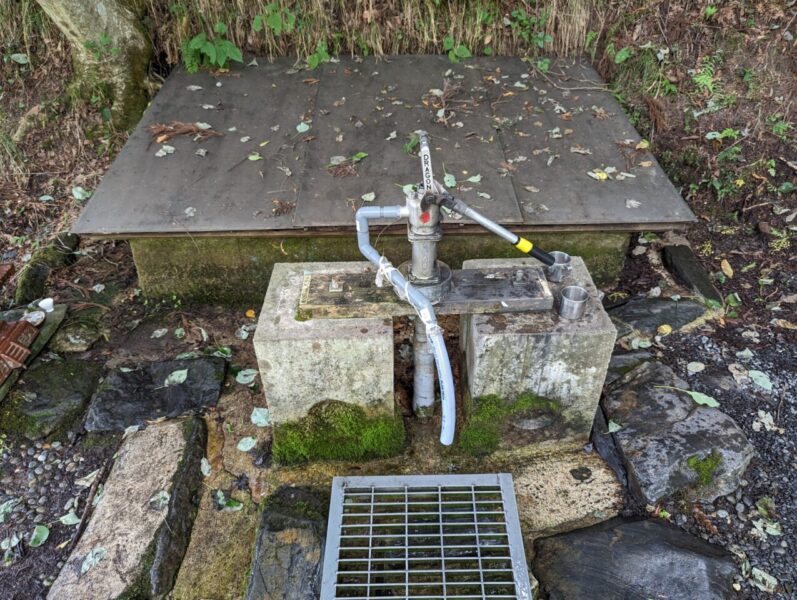
Shrine to the Seven Lucky Gods
To the left of the worship hall is a small shrine where cute-sized statues of the Seven Lucky Gods are enshrined. Don't forget to visit here to pray for good fortune!
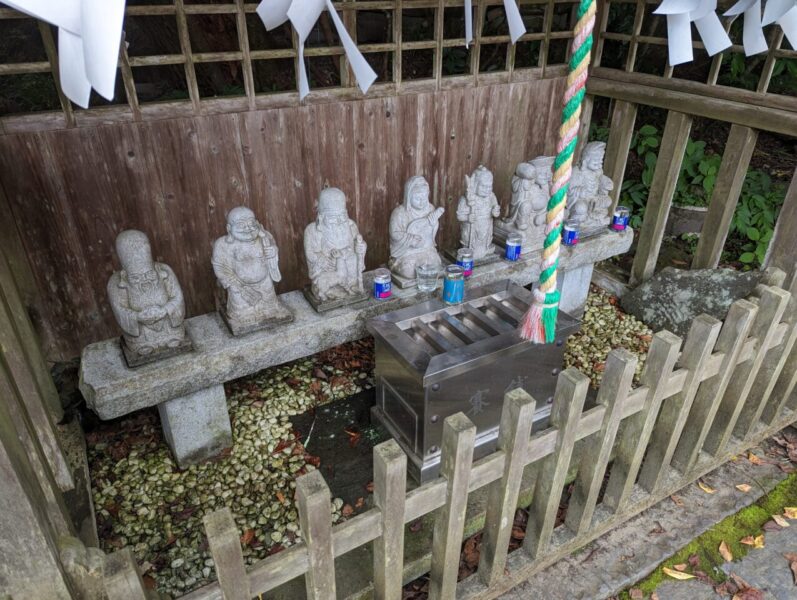
summary
Aoma Shrine is located close to Miyagi Prefectural Forest, which was established in 1967 as part of Miyagi Prefecture's Meiji Centennial Commemoration Project. Despite being located on the outskirts of Sendai City, the surrounding environment allows you to come into contact with nature, making it a great place to refresh yourself on the weekend!
Aoma Shrine <Information>
- Name: Aoma Shrine
- Address: 32 Iwakiri Aomazawa, Miyagino Ward, Sendai City, Miyagi Prefecture, 983-0821
- Phone number: 022-255-6670
- Official URL: Aoma Shrine Official Website



![Sakaki-ryu Aoma Kagura at Aoma Shrine | A traditional Kagura dance performed in Kyoto and mastered [Sendai, Miyagi Prefecture] Futodama no Mikoto appears in the second act, "Hoheimai"](https://jp.neft.asia/wp-content/uploads/2025/12/DSC_2492-150x150.jpg)
![Scary and slightly sad stories... "Michinoku Otogi Kaido" with many stories left behind [Shichigasyu-cho, Shiraishi City, Miyagi Prefecture] Fairytale images](https://jp.neft.asia/wp-content/uploads/2023/04/be73b392233d2fe609797e999f8ca547-1-150x150.jpg)
![Kurikoma foot Geopark learned from large-scale landslide disasters [Miyagi Prefecture] Autumn leaves of Mt. Kurikoma](https://jp.neft.asia/wp-content/uploads/2023/08/22090138_m-150x150.jpg)
![Demon's Jigokudani Promenade! The geyser of the steam is truly a hellish sight! ? [Miyagi Prefecture] 5148713_m](https://jp.neft.asia/wp-content/uploads/2023/08/5148713_m-150x150.jpg)
![The timber rocks in Shiraishi Obara are natural phenomena, and are spectacular spots with columnar joints! [Miyagi Prefecture] FE8E1C5D-891F-4A2B-B0BB-BB4536BF6858_105_c](https://jp.neft.asia/wp-content/uploads/2023/07/FE8E1C5D-891F-4A2B-B0BB-BB4536BF6858_1_105_c-150x150.jpeg)
![[Miyagi Prefecture] Remember the Miyagi dialect! “So,” “suddenly,” “good morning socks”? good morning socks](https://jp.neft.asia/wp-content/uploads/2023/09/fashion_kutsushita_ana-150x150.jpg)
![The place you should not come and the phantom checkpoint "Nakura no Seki" written in waka poetry [Fukushima Prefecture] 0438-016](https://jp.neft.asia/wp-content/uploads/2022/11/0438-016-150x150.jpg)
![[Tohoku] Where should we go during Golden Week in 2023? How about visiting zoos and aquariums in Tohoku? 26245129_m](https://jp.neft.asia/wp-content/uploads/2023/04/26245129_m-150x150.jpg)
